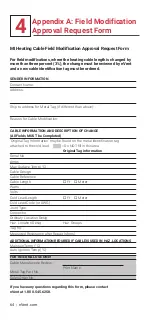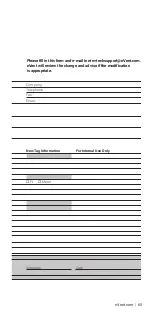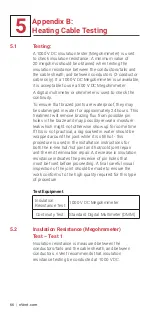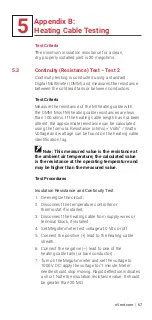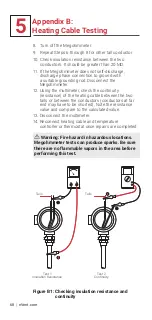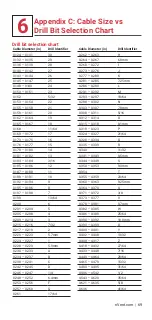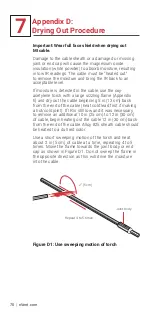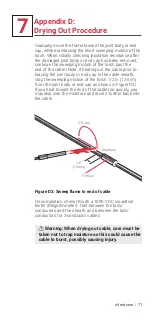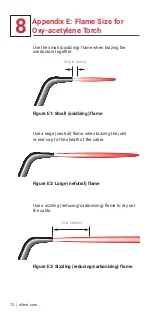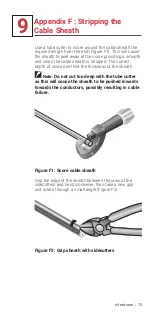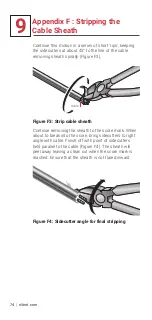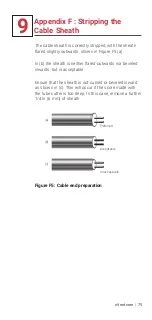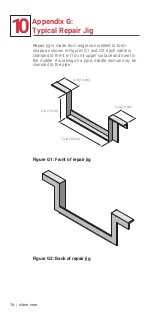
5
Appendix B:
Heating Cable Testing
66
|
nVent.com
5.1
Testing:
A 1000 V DC insulation tester (Megohmmeter) is used
to check insulation resistance. A minimum value of
20 megohms should be obtained when testing the
insulation resistance between the conductors/tails and
the cable sheath, and between conductors (2-conductor
cable only). If a 1000 V DC Megohmmeter is unavailable,
it is acceptable to use a 500 V DC Megohmmeter.
A digital multimeter or ohmmeter is used to check the
continuity.
To ensure that brazed joints are waterproof, they may
be submerged in water for approximately 24 hours. This
treatment will remove brazing flux from possible pin
holes in the braze and may possibly reveal a moisture
leak which might not otherwise show up for some time.
If this is not practical, a rag soaked in water should be
wrapped around the joint while it is still hot - this
procedure is used in the installation instructions for
both the in-line hot/hot joint and hot/cold joint repair
and the end termination repair. A decrease in insulation
resistance indicates the presence of pin holes that
must be fixed before proceeding. A final careful visual
inspection of the joint should be made to ensure the
work conforms to the high quality required for this type
of procedure.
Test Equipment
Insulation
Resistance Test: 1000 V DC Megohmmeter
Continuity Test: Standard Digital Multimeter (DMM)
5.2
Insulation Resistance (Megohmmeter)
Test – Test 1
Insulation resistance is measured between the
conductors/tails and the cable sheath, and between
conductors. nVent recommends that insulation
resistance testing be conducted at 1000 V DC.













